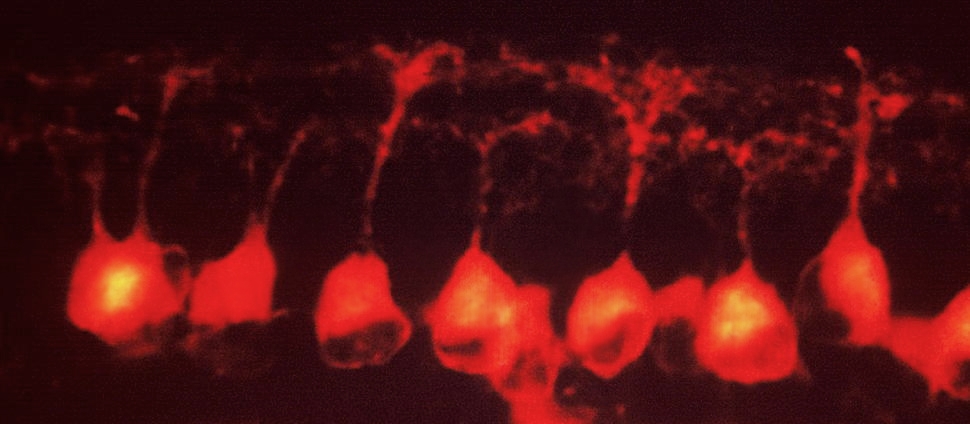Document Type
Article
Publication Date
11-1-2021
Publication Title
NeuroImage
Abstract
Over the past decade extensive research has examined the segregation of the human brain into large-scale functional networks. The resulting network maps, i.e. parcellations, are now commonly used for the a priori identification of functional networks. However, the use of these parcellations, particularly in developmental and clinical samples, hinges on four fundamental assumptions: (1) the various parcellations are equally able to recover the networks of interest; (2) adult-derived parcellations well represent the networks in children's brains; (3) network properties, such as within-network connectivity, are reliably measured across parcellations; and (4) parcellation selection does not impact the results with regard to individual differences in given network properties. In the present study we examined these assumptions using eight common parcellation schemes in two independent developmental samples. We found that the parcellations are equally able to capture networks of interest in both children and adults. However, networks bearing the same name across parcellations (e.g., default network) do not produce reliable within-network measures of functional connectivity. Critically, parcellation selection significantly impacted the magnitude of associations of functional connectivity with age, poverty, and cognitive ability, producing meaningful differences in interpretation of individual differences in functional connectivity based on parcellation choice. Our findings suggest that work employing parcellations may benefit from the use of multiple schemes to confirm the robustness and generalizability of results. Furthermore, researchers looking to gain insight into functional networks may benefit from employing more nuanced network identification approaches such as using densely-sampled data to produce individual-derived network parcellations. A transition towards precision neuroscience will provide new avenues in the characterization of functional brain organization across development and within clinical populations.
Keywords
Brain parcellations, Consistency, Cortical networks, Development, Individual differences, Resting-state functional connectivity
Volume
243
DOI
10.1016/j.neuroimage.2021.118487
ISSN
10538119
Version
Author's Accepted Manuscript
Recommended Citation
Bryce, Nessa V.; Flournoy, John C.; Guassi Moreira, João F.; Rosen, Maya L.; Sambook, Kelly A.; Mair, Patrick; and McLaughlin, Katie A., "Brain Parcellation Selection: An Overlooked Decision Point with Meaningful Effects on Individual Differences in Resting-State Functional Connectivity" (2021). Neuroscience: Faculty Publications, Smith College, Northampton, MA.
https://scholarworks.smith.edu/nsc_facpubs/122



Comments
Peer reviewed accepted manuscript.